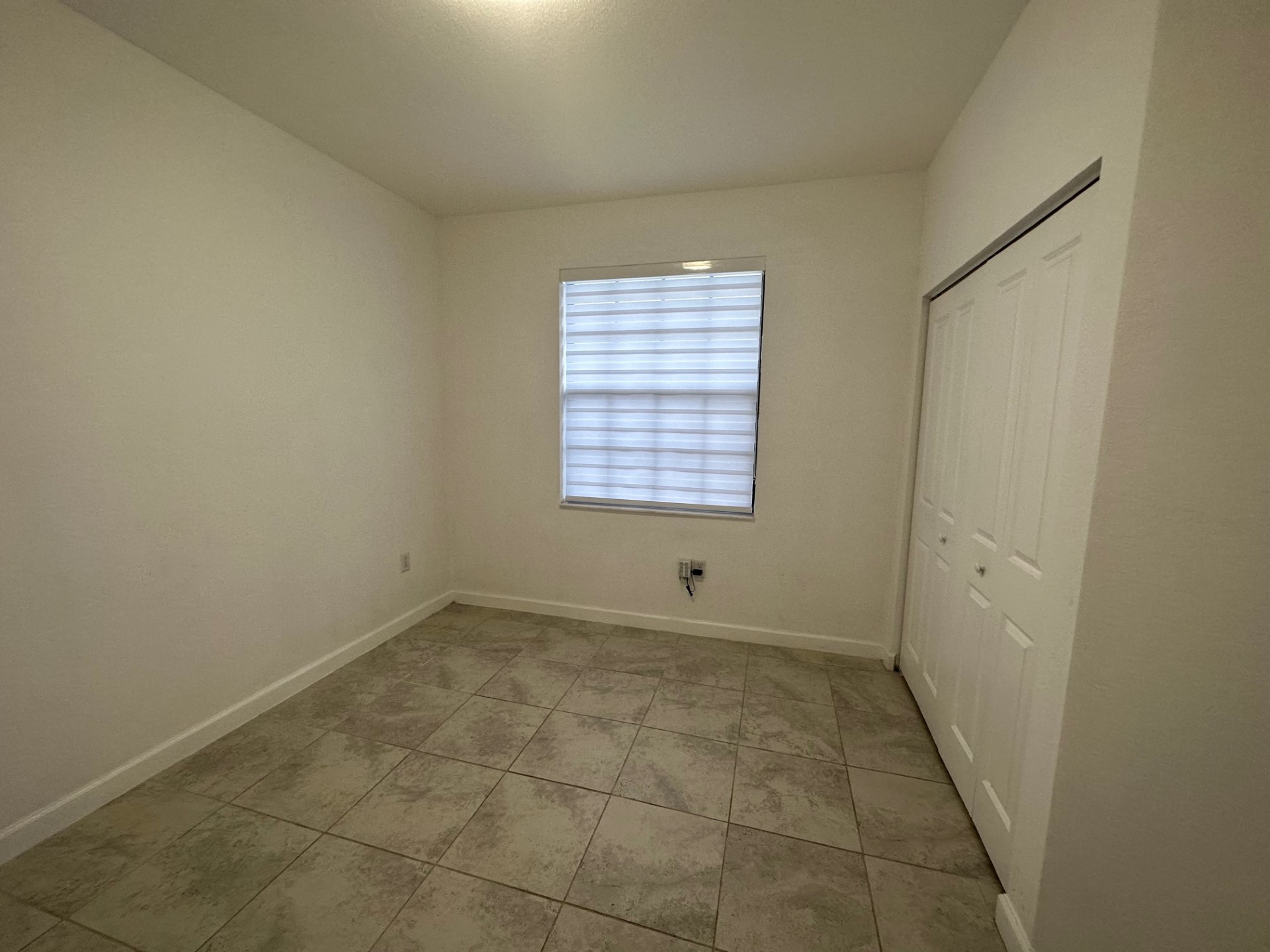Mortgage Rates Today: February 10, 2025 - Rates Remain Fairly Steady

The current average mortgage rate on a 30-year fixed mortgage is 6.87%, compared to 6.84% a week earlier, according to the Mortgage Research Center.
For borrowers who want a shorter mortgage, the average rate on a 15-year fixed mortgage is 5.93%, up 0.04 percentage point from the previous week.
If you want to lock in a lower rate by refinancing, compare your existing mortgage rate to today’s
30-Year Mortgage Rates
Borrowers will pay more in interest this week as the average rate on a 30-year mortgage is 6.87% compared to a rate of 6.84% a week ago.
The annual percentage rate (APR), which includes the interest and all of the lender fees, on a 30-year, fixed-rate mortgage is 6.9%. The APR was 6.88% last week.
To borrow a $100,000 in a 30-year, fixed-rate mortgage with the current rate of 6.87%, you will pay about $656 per month in principal and interest (taxes and fees not included), the Forbes Advisor mortgage calculator shows. You’d pay around $136,326 in total interest over the life of the loan.
15-Year Mortgage Rates
Today, the 15-year mortgage rate inched up to 5.93%, higher than it was at this time yesterday. Last week, it was 5.89%.
The APR on a 15-year fixed is 5.98%. It was 5.94% this time last week.
At today’s interest rate of 5.93%, a 15-year fixed-rate mortgage would cost approximately $840 per month in principal and interest per $100,000. You would pay around $51,176 in total interest over the life of the loan.
Jumbo Mortgage Rates
Today’s average interest rate on a 30-year fixed-rate jumbo mortgage (a mortgage above 2025’s conforming loan limit of $806,500 in most areas) fell 0.08 percentage point from last week to 7.1%.
What’s an APR, and Why Is It Important?
The APR, or annual percentage rate, includes the mortgage interest rate and lender fees over the life of the loan. This is an important figure because it gives borrowers a better snapshot of what they will pay for a mortgage as it shows the total cost of a mortgage if you keep it for the entire term.
How Are Mortgage Rates Determined?
Home loan borrowers can qualify for better mortgage rates by having good or excellent credit, maintaining a low debt-to-income (DTI) ratio and pursuing loan programs that don’t charge mortgage insurance premiums or similar ongoing charges that increase the loan’s annual percentage rate (APR).
Comparing rates from different mortgage lenders is an excellent starting point. You may also compare conventional, first-time homebuyer and government-backed programs like FHA and VA loans, which have different rates and fees.
Several economic factors influence the trajectory of rates for new home loans. For example, Federal Reserve rate hikes indirectly cause the interest rates for many long-term loans to increase. Rates are more likely to decrease when the Fed pauses or decreases its benchmark Federal Funds Rate.
The inflation rate and the general state of the economy also impact interest rates. High inflation and a strong economy typically signal higher rates. Cooling consumer demand or inflation may lead to rate decreases.
What Is the Best Type of Mortgage Loan?
Conventional home loans are issued by private lenders and typically require good or excellent credit and a minimum 20% down payment to get the best rates. Some lenders offer first-time home buyer loans and grants with relaxed down payment requirements as low as 3%.
For buyers with limited credit or finances, a government-backed loan is usually the better option as the minimum loan requirements are easier to satisfy.
For example, FHA loans can require 3.5% down with a minimum credit score of 580 or at least 10% down with a credit score between 500 and 579. However, upfront and annual mortgage insurance premiums can apply for the life of the loan.
Buyers in eligible rural areas with a moderate income or lower may also consider USDA loans. This program doesn’t require a down payment, but you pay an upfront and annual guarantee fee for the life of the loan.

